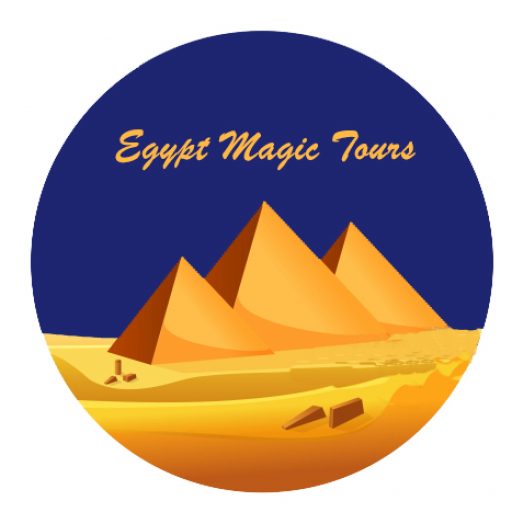105 – Karnak / Luxor Temple
Karnak / Luxor Temple The largest and most luxurious temple in ancient Egypt, and possibly the largest of any contemporary temple in the world; # The Karnak Temple is an honest record of the history and civilizations of ancient Egypt in particular, the ancient Arab Levant region and its environs in general. From the […]




